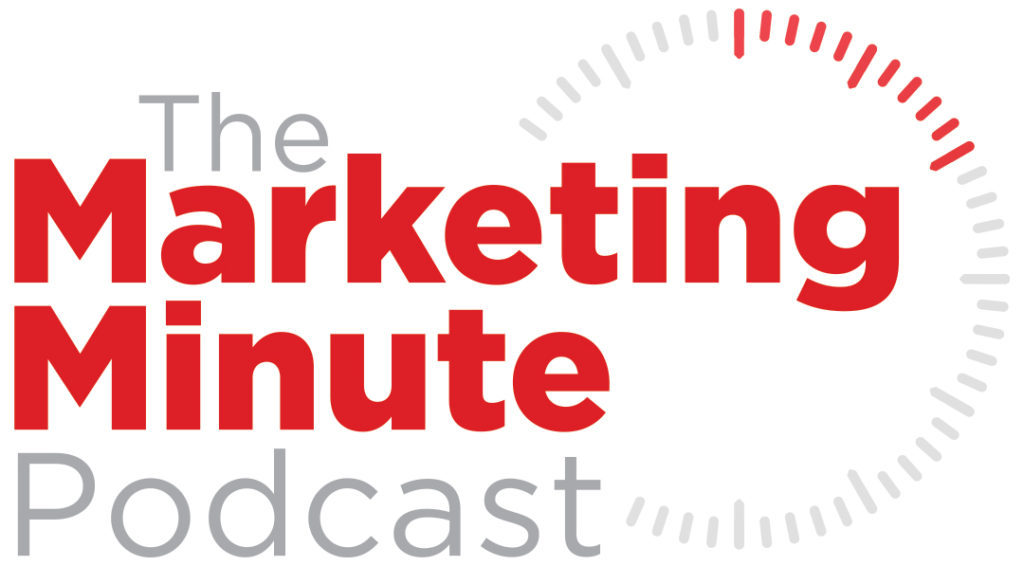
If you’ve been scrolling through social media and experienced multiple business’ ads integrated throughout your feed, you have experienced a marketing trend. Social media advertising has become popular for businesses throughout many industries. Marketing trends greatly impact advertising tactics and drive consumer behavior especially within the medical distribution industry.
A “trend” is defined as how industry changes or develops over time. The healthcare and medical supply chain industry experiences many phases of marketing trends, and leveraging them has the potential to impact the success of marketing campaigns. Changing a business’ marketing tactics to reflect current trends may be crucial to stay up-to-date and stand out in the dynamic world of marketing.
Many outside factors influence the industry in general and the medical supply chain industry’s success of certain marketing campaigns, such as the higher incidence of chronic disease, the COVID-19 pandemic, consumer demand changes, and more.
To advertise successfully, companies must be aware of these trends and develop marketing strategies with them in mind.
Read on for 3 marketing industry trends and how to leverage them for success in medical device marketing.
- Identify Popular Trends and Emulate Successful Campaigns
Research other companies’ marketing campaigns to evaluate what trends and tactics make other brands in the industry successful. Determine what tactics are similar across brands, and develop a strategy as to how you can fit your unique brand message into the trend.
- Build brand awareness
Identify your brand’s specific target audience and tailor all marketing and communication efforts toward that goal. This will allow your company to determine what works from a marketing perspective and allows leaders and marketing professionals to gain a better understanding of what is and isn’t popular with consumers.
- Know the industry
When leveraging marketing trends, it is necessary for a company’s leaders to be very familiar with the industry. It is important to understand the current state of the industry, its challenges, and the future direction of the industry. This will allow a business to create niche and informed marketing content.
Share Moving Media has worked within the medical distribution industry for over 30 years, and has a thorough understanding of the industry, its trends, and how to create informed marketing content that stands out. If your company could benefit from insight into successful marketing campaigns that work in the industry, or if you could benefit from the creation of blogs, podcasts, webinars, or other marketing content, contact Scott Adams at sadams@sharemovingmedia.com to schedule a time to meet.
Sources: 4 Ways to Leverage Marketing Trends for Viral Growth | Entrepreneur



